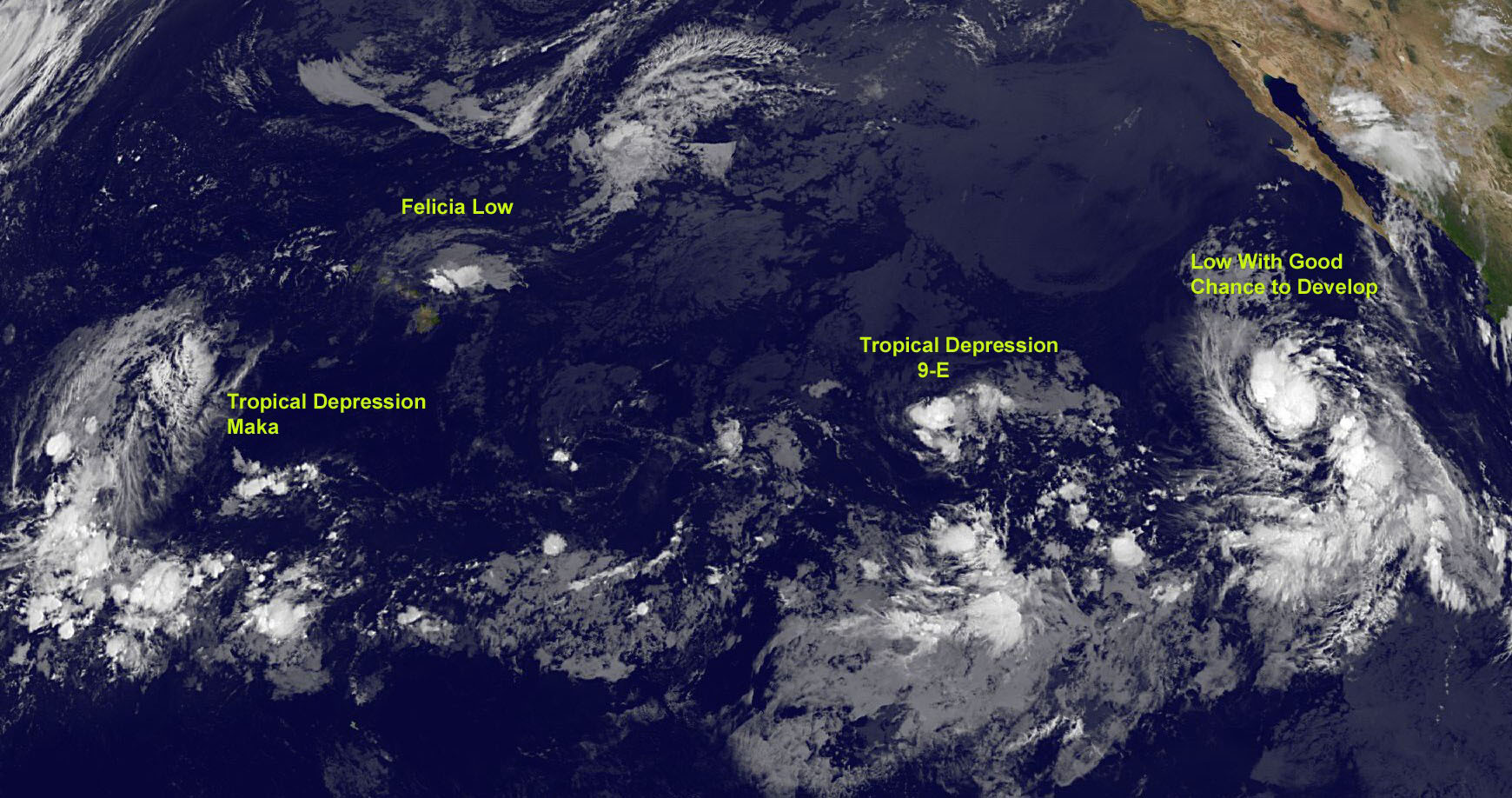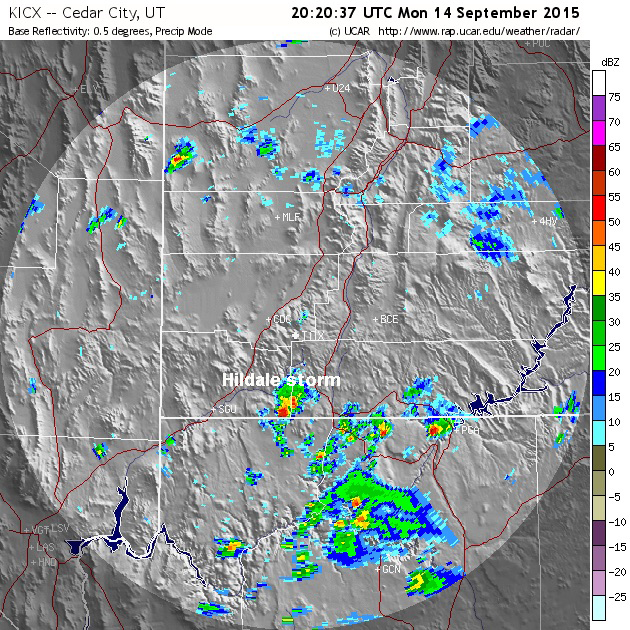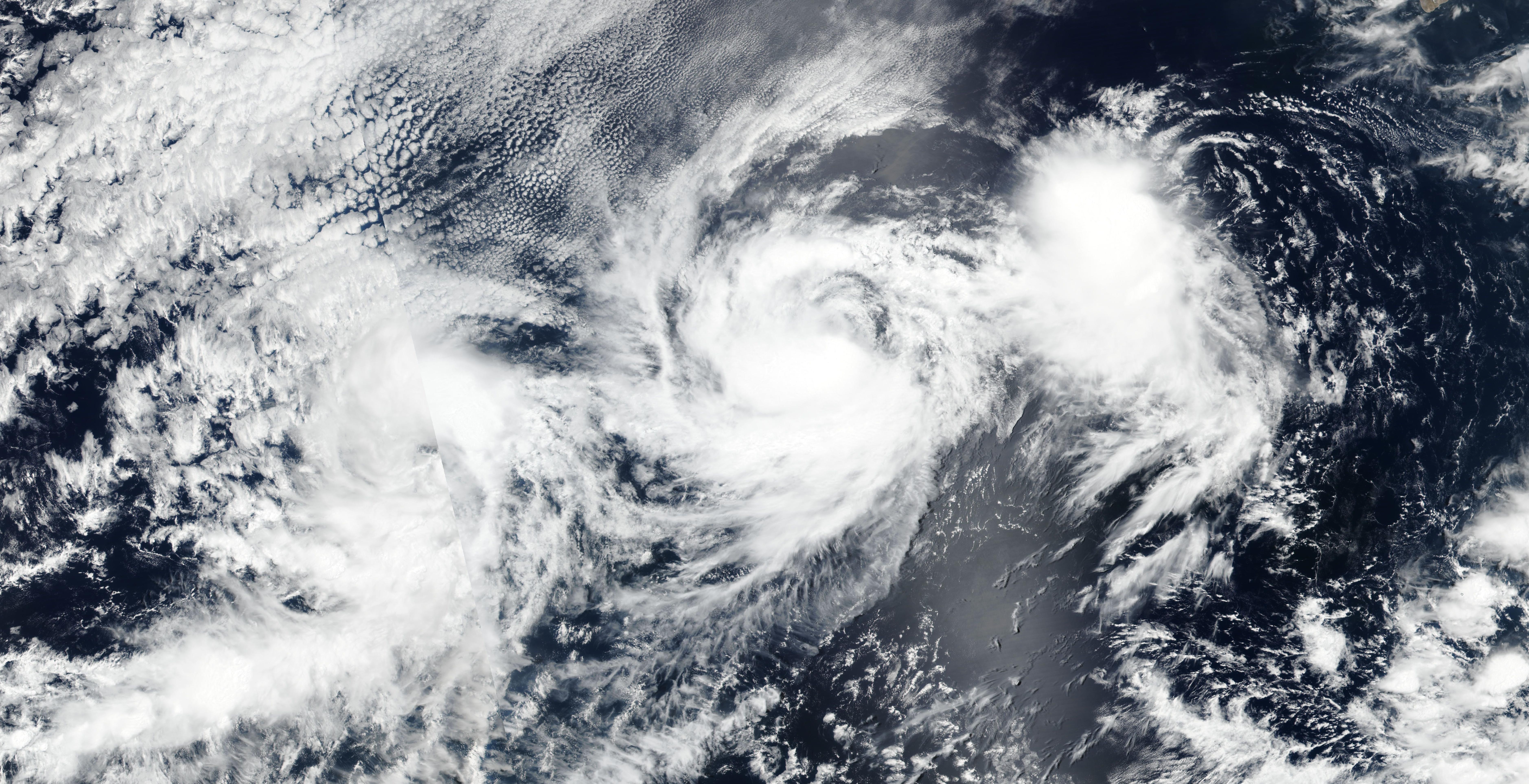|
Tropical Storm Linda
The name Linda has been used for eleven tropical cyclones worldwide. In the Eastern Pacific: * Tropical Storm Linda (1985) – Minimal tropical storm that crossed into the Central Pacific as a tropical depression. * Hurricane Linda (1991) – Category 3 hurricane which recurved out to sea. * Hurricane Linda (1997) – Category 5 hurricane that became the second-most intense hurricane in the Eastern Pacific basin with a minimum pressure of 902 mbar. Also the second strongest hurricane in the Pacific in terms of 1-min sustained winds. * Hurricane Linda (2003) – Category 1 hurricane that never affected land. * Hurricane Linda (2009) – Category 1 hurricane that caused no damages or deaths. * Hurricane Linda (2015) – Category 3 hurricane which affected Baja California, bringing heavy rainfall and deadly flash flooding to Utah Utah ( , ) is a state in the Mountain West subregion of the Western United States. Utah is a landlocked U.S. state bordered to its east by Colora ... [...More Info...] [...Related Items...] OR: [Wikipedia] [Google] [Baidu] |
Tropical Cyclone
A tropical cyclone is a rapidly rotating storm system characterized by a low-pressure center, a closed low-level atmospheric circulation, strong winds, and a spiral arrangement of thunderstorms that produce heavy rain and squalls. Depending on its location and strength, a tropical cyclone is referred to by different names, including hurricane (), typhoon (), tropical storm, cyclonic storm, tropical depression, or simply cyclone. A hurricane is a strong tropical cyclone that occurs in the Atlantic Ocean or northeastern Pacific Ocean, and a typhoon occurs in the northwestern Pacific Ocean. In the Indian Ocean, South Pacific, or (rarely) South Atlantic, comparable storms are referred to simply as "tropical cyclones", and such storms in the Indian Ocean can also be called "severe cyclonic storms". "Tropical" refers to the geographical origin of these systems, which form almost exclusively over tropical seas. "Cyclone" refers to their winds moving in a circle, whirling ... [...More Info...] [...Related Items...] OR: [Wikipedia] [Google] [Baidu] |
Tropical Storm Linda (1985)
The 1985 Pacific hurricane season is the third-most active Pacific hurricane season on record. It officially started on May 15, 1985, in the eastern Pacific, and on June 1, 1985, in the central Pacific, and lasted until November 30, 1985. These dates conventionally delimit the period of each year when most tropical cyclones form in the northeastern Pacific Ocean. At the time, the 1985 season was the most active on record in the eastern north Pacific, with 28 tropical cyclones forming. Of those, 24 were named, 13 reached hurricane intensity, and 8 became major hurricanes by attaining Category 3 status or higher on the Saffir–Simpson scale. At that time, the 24 named storms was a record; however, this record was broken seven years later in 1992, and was therefore recognized as the second busiest season within the basin, until it was surpassed exactly thirty years later by the 2015 season. Despite the activity, only one system made landfall in 1985. Hurricane Waldo caused mo ... [...More Info...] [...Related Items...] OR: [Wikipedia] [Google] [Baidu] |
Hurricane Linda (1991)
The 1991 Pacific hurricane season was a near-average Pacific hurricane season. The worst storm this year was Tropical Storm Ignacio, which killed 23 people in Mexico and injured 40 others. Elsewhere, Hurricane Fefa caused flooding in Hawaii. Hurricane Kevin was the strongest system of the season and became the then longest-lasting hurricane in the eastern north Pacific basin at the time, and Hurricane Nora was the strongest November storm to that point. The season officially started on May 15, 1991, in the eastern Pacific, and on June 1, 1991, in the central Pacific. It lasted until November 30, 1991, in both basins. These dates conventionally delimit the period of each year when most tropical cyclones form in the northeastern Pacific Ocean. Seasonal summary ImageSize = width:800 height:215 PlotArea = top:10 bottom:80 right:20 left:20 Legend = columns:3 left:30 top:58 columnwidth:270 AlignBars = early DateFormat = dd/mm/yyyy Period = from:01/05/1991 till:01/12/1991 Ti ... [...More Info...] [...Related Items...] OR: [Wikipedia] [Google] [Baidu] |
Hurricane Linda (1997)
Hurricane Linda was a very powerful Category 5 hurricane that was also the second-most intense eastern Pacific hurricane on record, but surpassed 18 years later by Patricia. Forming from a tropical wave on September 9, 1997, Linda steadily intensified and reached hurricane status within 36 hours of developing. The storm rapidly intensified, reaching sustained winds of 185 mph (295 km/h) and an estimated central pressure of ; both were records for the eastern Pacific until Hurricane Patricia surpassed them in 2015. The hurricane was briefly forecast to move toward southern California, but instead, it turned out to sea and lost its status as a tropical cyclone on September 17, before dissipating on September 21. Linda was the fifteenth tropical cyclone, thirteenth named storm, seventh hurricane, and fifth major hurricane of the 1997 Pacific hurricane season. Linda was also the most intense tropical cyclone worldwide in 1997. While near peak intensit ... [...More Info...] [...Related Items...] OR: [Wikipedia] [Google] [Baidu] |
Hurricane Linda (2003)
The 2003 Pacific hurricane season was the first season to feature no major hurricanes – storms of Category 3 intensity or higher on the Saffir–Simpson hurricane wind scale (SSHWS) – since 1977. The dates conventionally delimiting the period when most tropical cyclones form in the Pacific Ocean are May 15 in the Eastern Pacific Ocean and June 1 in the Central Pacific, with both seasons ending on November 30. The 2003 season featured 16 tropical storms between May 19 and October 26; 7 of these became hurricanes, which was then considered an average season. Damage across the basin reached US$129 million, and 23 people were killed by the storms. Despite the overall lack of activity, the season produced an unusually large number of tropical cyclones that affected Mexico, with eight tropical cyclones making landfall on either side of Mexico, which was the second highest on record. Tropical Storm Carlos struck Oaxaca in late June, resultin ... [...More Info...] [...Related Items...] OR: [Wikipedia] [Google] [Baidu] |
Hurricane Linda (2009)
The 2009 Pacific hurricane season was the most active Pacific hurricane season since 1994. The season officially started on May 15 in the East Pacific Ocean, and on June 1 in the Central Pacific; they both ended on November 30. These dates conventionally delimit the period of each year when most tropical cyclones form in the Pacific basin. However, the formation of tropical cyclones is possible at any time of the year. For the first time in ten years, no tropical depressions formed during the month of May. This inactivity continued into the early part of June and was the least active since 1994. The first named storm of the season did not develop until June 21, marking the latest start to a Pacific hurricane season in 40 years. However, according to the NHC's tropical weather summary, August 2009, with seven named storms in their region, was one of the most active Augusts on record for the basin. This level of activity had rarely occurred, if at all, in the past 41 years, since 196 ... [...More Info...] [...Related Items...] OR: [Wikipedia] [Google] [Baidu] |
Hurricane Linda (2015)
Hurricane Linda was a strong tropical cyclone in September 2015 that resulted in heavy rains across portions of Mexico and the Southwestern United States. The seventeenth named storm, eleventh hurricane, and eighth major hurricane of the season, Linda developed southwest of Mexico from a low-pressure area on September 5. Under warm sea surface temperatures and low to moderate wind shear, the system intensified into Tropical Storm Linda by September 6 and a hurricane by the next day. A well-defined eye soon formed within the storm's central dense overcast and Linda reached its peak intensity as a 125 mph (205 km/h) Category 3 major hurricane on the Saffir–Simpson hurricane wind scale on September 8. Thereafter, the storm moved into a stable environment and an area of lower sea surface temperatures, causing rapid weakening. Convective activity dissipated and Linda degenerated into a remnant low on September 10. The lingering system persist ... [...More Info...] [...Related Items...] OR: [Wikipedia] [Google] [Baidu] |
Flash Flooding
A flash flood is a rapid flooding of low-lying areas: washes, rivers, dry lakes and depressions. It may be caused by heavy rain associated with a severe thunderstorm, hurricane, or tropical storm, or by meltwater from ice or snow flowing over ice sheets or snowfields. Flash floods may also occur after the collapse of a natural ice or debris dam, or a human structure such as a man-made dam, as occurred before the Johnstown Flood of 1889. Flash floods are distinguished from regular floods by having a timescale of fewer than six hours between rainfall and the onset of flooding. Flash floods are a significant hazard, causing more fatalities in the U.S. in an average year than lightning, tornadoes, or hurricanes. Flash floods can also deposit large quantities of sediments on floodplains and can be destructive of vegetation cover not adapted to frequent flood conditions. Causes Flash floods most often occur in dry areas that have recently received precipitation, but they ma ... [...More Info...] [...Related Items...] OR: [Wikipedia] [Google] [Baidu] |
Utah
Utah ( , ) is a state in the Mountain West subregion of the Western United States. Utah is a landlocked U.S. state bordered to its east by Colorado, to its northeast by Wyoming, to its north by Idaho, to its south by Arizona, and to its west by Nevada. Utah also touches a corner of New Mexico in the southeast. Of the fifty U.S. states, Utah is the 13th-largest by area; with a population over three million, it is the 30th-most-populous and 11th-least-densely populated. Urban development is mostly concentrated in two areas: the Wasatch Front in the north-central part of the state, which is home to roughly two-thirds of the population and includes the capital city, Salt Lake City; and Washington County in the southwest, with more than 180,000 residents. Most of the western half of Utah lies in the Great Basin. Utah has been inhabited for thousands of years by various indigenous groups such as the ancient Puebloans, Navajo and Ute. The Spanish were the first Europ ... [...More Info...] [...Related Items...] OR: [Wikipedia] [Google] [Baidu] |
Hurricane Linda (2021)
The 2021 Pacific hurricane season was a moderately active Pacific hurricane season, with above-average tropical activity in terms of named storms; but featured below-average activity in terms of major hurricanes and a near-normal accumulated cyclone energy (ACE). Five of the season's nineteen named storms made landfall in Mexico, the most since 2018. The season officially began on May 15 in the Eastern Pacific, and on June 1 in the Central Pacific; both ending on November 30. These dates historically describe the period each year when most tropical cyclones form in the Pacific basin and are adopted by convention. However, the formation of tropical cyclones is possible at any time of the year, as illustrated by the formation of Tropical Storm Andres on May 9, which became the earliest forming tropical storm in the northeastern Pacific proper (east of 140°W longitude) on record. In June, Tropical Storm Dolores made landfall near the border of the Mexican states of Colima ... [...More Info...] [...Related Items...] OR: [Wikipedia] [Google] [Baidu] |
Tropical Cyclone Linda (1976)
The tropics are the regions of Earth surrounding the Equator. They are defined in latitude by the Tropic of Cancer in the Northern Hemisphere at N and the Tropic of Capricorn in the Southern Hemisphere at S. The tropics are also referred to as the tropical zone and the torrid zone (see geographical zone). In terms of climate, the tropics receive sunlight that is more direct than the rest of Earth and are generally hotter and wetter as they aren't affected as much by the solar seasons. The word "tropical" sometimes refers to this sort of climate in the zone rather than to the geographical zone itself. The tropical zone includes deserts and snow-capped mountains, which are not tropical in the climatic sense. The tropics are distinguished from the other climatic and biomatic regions of Earth, which are the middle latitudes and the polar regions on either side of the equatorial zone. The tropics constitute 40% of Earth's surface area and contain 36% of Earth's landmass. , th ... [...More Info...] [...Related Items...] OR: [Wikipedia] [Google] [Baidu] |
Tropical Cyclone Linda (2004)
The tropics are the regions of Earth surrounding the Equator. They are defined in latitude by the Tropic of Cancer in the Northern Hemisphere at N and the Tropic of Capricorn in the Southern Hemisphere at S. The tropics are also referred to as the tropical zone and the torrid zone (see geographical zone). In terms of climate, the tropics receive sunlight that is more direct than the rest of Earth and are generally hotter and wetter as they aren't affected as much by the Season, solar seasons. The word "tropical" sometimes refers to this sort of climate in the zone rather than to the geographical zone itself. The tropical zone includes deserts and snow-capped mountains, which are not tropical in the climatic sense. The tropics are distinguished from the other climatic and biomatic regions of Earth, which are the middle latitudes and the polar regions of Earth, polar regions on either side of the equatorial zone. The tropics constitute 40% of Earth's surface area and contain ... [...More Info...] [...Related Items...] OR: [Wikipedia] [Google] [Baidu] |







